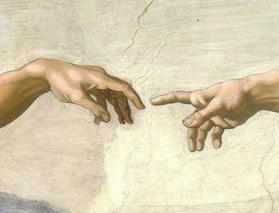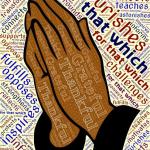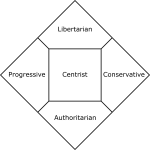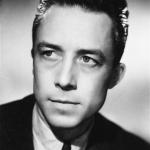Timothy Larson of Wheaton has written a number of illuminating, witty books. His latest, The Slain God, examines a neglected chapter in the story of faith-and-modernity, the interaction of anthropology and Christian faith during the nineteenth and twentieth centuries.
Larsen’s book is biographically organized, with a chapter each on Edward Tylor, James Frazer, E.E. Evans-Pritchard, Mary Douglas, and Victor and Edith Turner. As he says, the selection nicely covers virtually the whole history of cultural anthropology from its origins to the present, in which nonagenarian Edith Turner is still teaching and doing research. Each chapter integrates the life and work of its subject.
It’s not surprising to learn that anthropology relativized Christian claims, and that anthropological discoveries were used to expose the supposed savage lurking behind sophisticated theologies. It is somewhat surprising to see just how blatant it sometimes was.
Larsen’s analysis of Frazer is particularly damning. Here the life and work are intriguingly entwined. Frazer was raised in an earnest Scottish Calvinist home, and his extant references to his parents suggest a chilly relationship. More importantly, Larsen documents Frazer’s unabashed admiration and affection for Robertson Smith, but also notes how Frazer played down Robertson Smith’s Christianity. Larsen speculates that Frazer was bold enough to issue a more religiously hostile second edition of The Golden Bough only after Robertson Smith died. Perhaps Frazer didn’t want to attack his friend; perhaps he didn’t want to have to tangle with Robertson Smith over Hebrew exegesis.
Frazer’s animus to Christianity led him in some cases to non sequiturs. He claimed that the Hebrew account of the flood was based on Babylonian accounts, and then concluded that this proved that “the theory of revelation or inspiration [is] irreconcilable with the known facts” (63). His treatment of the virgin birth and Trinity was “peculiar” in Larsen’s estimation: On the one hand, he seemed gleeful to find support for the idea that these doctrines were “later interpolations”; on the other hand, “The obvious, intended deduction to make from Frazer’s entire life’s work are that notions such as supernatural conceptions and trinities are ubiquitous in primitive thought.” One might take the supposed late development of these ideas in Christianity as evidence against Frazer. But Frazer was happy to deploy anything that might “disconcert conservative Christian thinkers,” even if it put his entire corpus into question (65). Frazer considered Christianity to be inherently violent, and observed that they were prevented from offering human sacrifice only because the police stop them. Larson notes sardonically that “the police would not allow human sacrifice because a Christian populace had enacted its long-standing repugnance for such vile practices into law,” which is just what Frazer’s theories would lead one to expect (73-4). Once again, Frazer’s assaults on Christianity blind him to self-contradiction.
It might also come as something of a surprise to find out about the deeply Christian commitments some of the leading anthropologists of the twentieth century. He quotes Evans-Pritchard’s observation that religious beliefs have to be explained secularists, but “He who accepts the reality of spiritual beings does not feel the same need for such explanations” (99). His chapter on Mary Douglas highlights her Catholic commitments, which led to the charge that she was little more than a shill for the Vatican.
Larsen’s book is clearly and delightfully written. It is, he says, the first book-length study of the subject, and it is as welcome as it is overdue.














